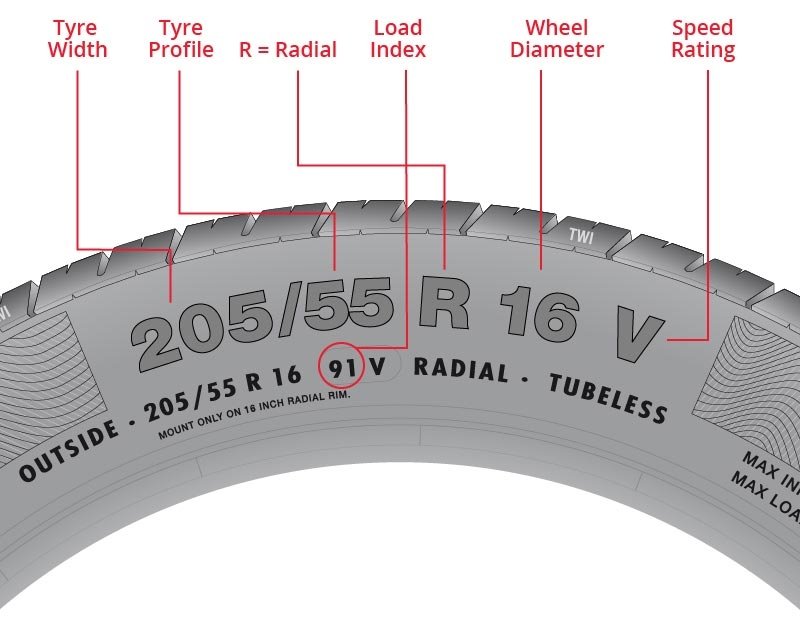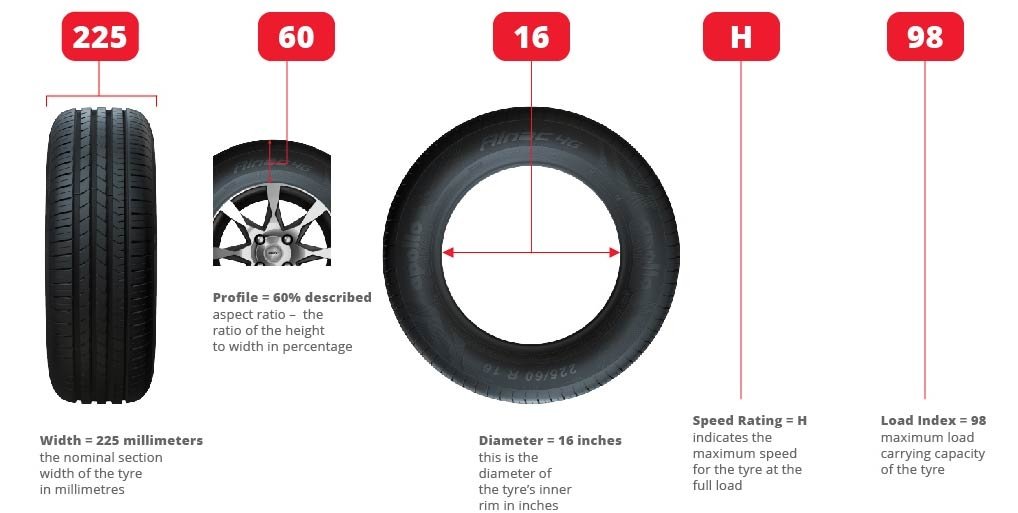- Promotions
- Tyres
- Wheels
- By Vehicle Type
- By Brand
-
-
Wheels by brand
- Black Rhino Wheels
- Racing Hart Concepts
- TSW
-
-
- Top Tips
-
-
Top Tips
- Rim Size Guide
-
-
- Batteries
- Services
- Rewards & Partners
-
-
Rewards & Partners
- BancABC
- Econet
- Minerva
- Steward Bank
-
-
-
Promotions
- back
Promotions
- Promotions
- Tyres
-
Wheels
- back
Wheels
-
Batteries
- back
Batteries
-
Services
- back
Services
- Services
-
Rewards & Partners
- back
Rewards & Partners
- BancABC
- Econet
- Minerva
- Steward Bank
- Warranties
- Contact Us
- Sign In


